Types of Art – Major Forms of Creative Expression
This post may contain affiliate links. We may earn a small commission from purchases made through them, at no additional cost to you.
Human beings are expressive creatures with boundless imaginative and creative skills. When we apply these skills, we create what we call art. The arts are various forms of abstract expression with histories as ancient and convoluted as the history of our species. Scholars of early human development have identified the first known intentional graphic marks made by humans in the Blombos Cave in South Africa dating to between 75 000 and 100 000 years ago! Art and language are not only the hallmarks of our species, but as the most effective means to memorialize and transmit our understanding of our world and each other, have always been our most effective tools for social organization and survival.
Table of Contents
What Is Art?
Art is a uniquely human pursuit aimed at exploring and expressing a range of ideas, emotions, or abstract concepts, to experience or make sense of the world. Every work of art is unique, but broadly speaking, falls into one of seven distinct categories of creative activities; these are painting, sculpture, music, architecture, literature, cinema, and theater. In this article, we are going to explore the details and histories of these different forms of art. From abstract art to photography and performance art, different art forms impact the world and our place within it in unique and important ways.
Types of Art: Painting
This style of art dates back beyond even the era of late antiquity. We are talking about an art form as old as humanity itself. As far as historians and archaeologists can tell, human beings have been painting for just as long as we have existed. The painting art medium involves the application of paint to a solid, two-dimensional surface to form identifiable shapes, the oldest-known example of this being located in an Indonesian salt mine where archaeologists have uncovered what they believe to be paintings that are roughly 45,000 years old.
This would also make these paintings the earliest examples of representational artwork in modern human history.
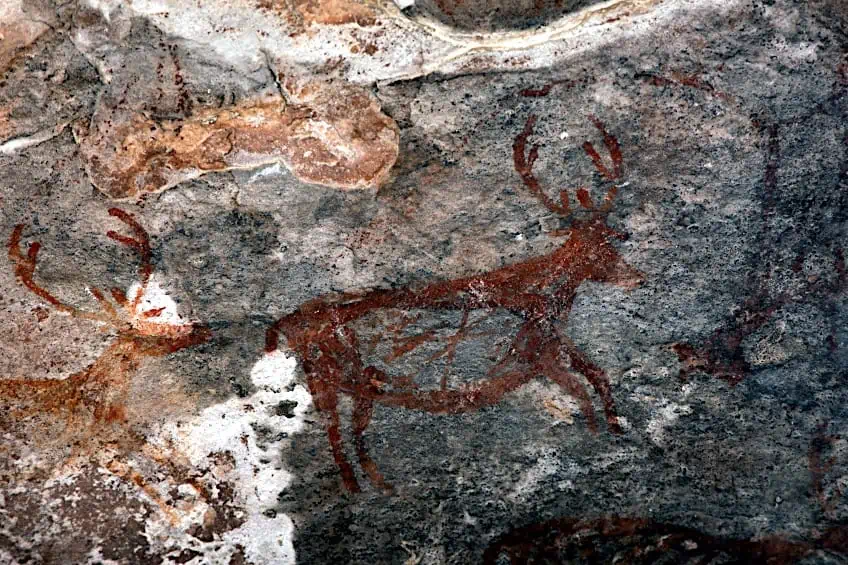
How Is Paint Made?
To create paint, we traditionally combine pigments with fillers and binding agents. Each ingredient assists in generating the characteristics and consistency necessary for the paint to adhere to surfaces and retain its color. Here is some more information about the role of these three components in paint making:
Pigments
These are what give paints their color. Pigments will typically come in the form of insoluble powders that need to be added to a mixture of liquids. For most of human history, pigments were derived from rocks, earth, and clay extracts that were broken down into fine granules. Much of the pigments used in clay-making and painting are still produced in this way but the advent of modernity has brought with it the science of synthesizing pigments in labs.
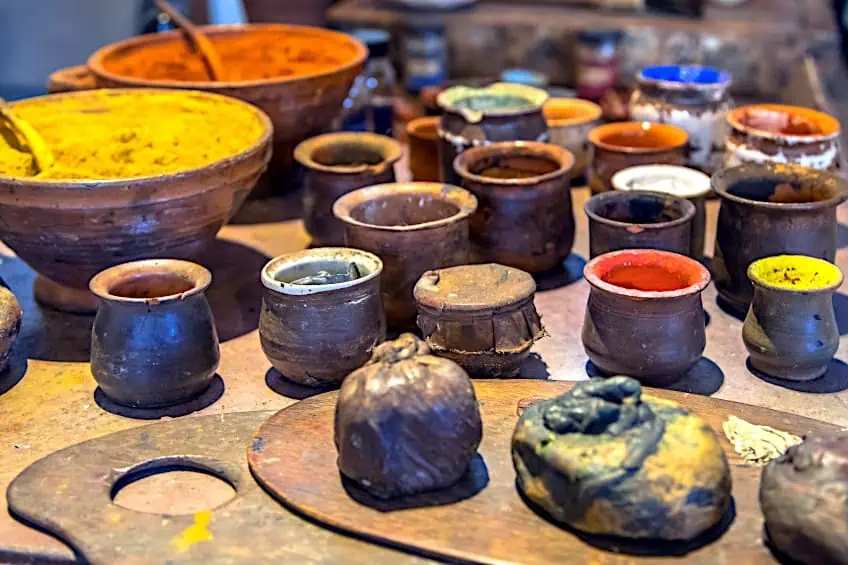
Producing organic pigments may involve antiquated manufacturing methods but these pigments are still widely available. However, inorganic pigments and synthetic organic hybrids have become far more popular in recent years. This is on account of their cheaper production costs and their superior durability and brightness compared to traditional, organic pigments.
Binding Agents
You cannot produce paint without a binding agent. Also sometimes referred to as the vehicle, binding agents are another core ingredient in the production of paint. The binder is what allows for the particles of the pigment to bond with one another. It is also what gives the paint its adhesive qualities, allowing the pigment to stick to the surface to which it is applied. The bonding agent tends to be the defining factor of different painting mediums, including watercolors, tempera, and oil paints.
When paint dries on a surface, its binding agent remains as a coat surrounding the painted area. What this does is it provides an added layer of protection to the paint which helps prevent paintings from flaking and cracking or from taking climatic damage.
Binding agents can include natural or synthetic ingredients. Here is a list of some examples of binders:
- Egg
- Water
- Polyurethane
- Acrylic
- Oil
- Epoxy
- Melamine resin
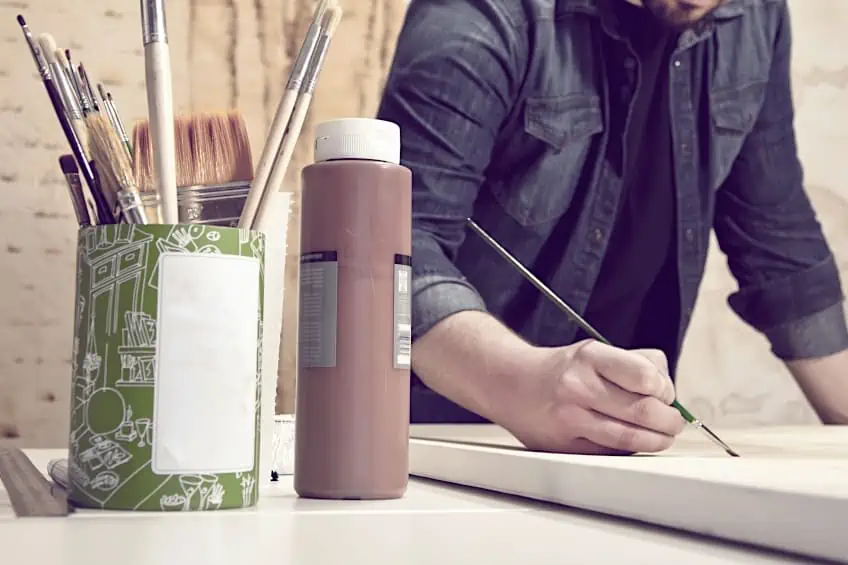
Filler
Pigments are often the costliest component of paints and should be used as sparingly as possible. This is why we add filler to our paints; they are a cost-effective material that we can add to a paint mix to produce a more substantial yield. Most fillers are natural, colorless powders that pigments will bleed their color into when mixed together, thus creating more paint with less pigment.
There is another reason why we use fillers in paint, too. You will find that most fillers used in paint mixing carry certain material attributes that make the paint work better. Fillers can not only make it easier to apply paint but also cause paints to be more durable.
How to Paint
Your options on how to paint are virtually endless. Most traditionally, brushes are used to apply paint but there is nothing stopping you from using your fingers too. Other tools like sponges and spray cans can also be used to paint. From seascapes and landscapes to more formal portrait paintings, you can use many tools to master painting mediums with practice and patience.
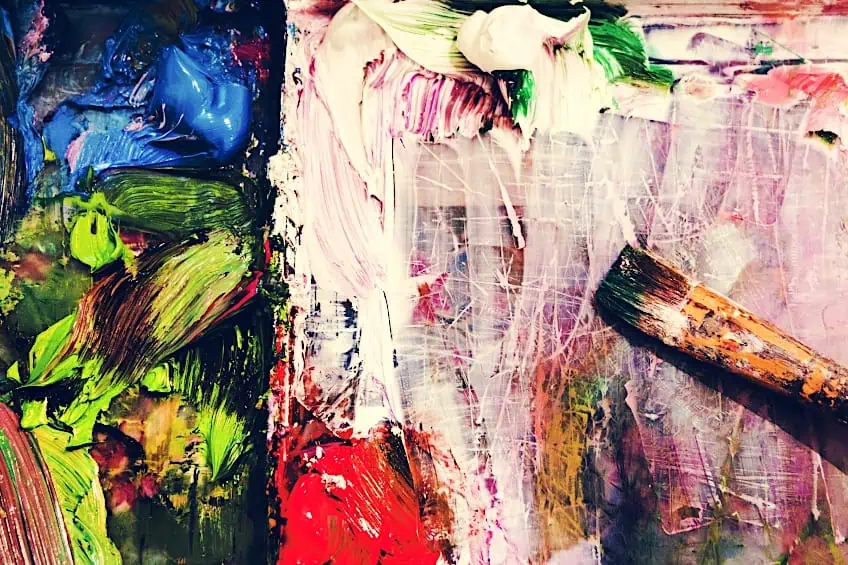
Painting Styles
As has been the case for thousands of years now, the art of painting is its own institution, one that is studied at an academic level with its own discourse and surrounding culture. Within this art style, there are numerous subdivisions and different art movements that are distinguished by their underlying philosophies, subject matter, and content. Painting styles are also defined by their temporal relationships to the eras of art that preceded them. For example, the Impressionist art movement from the mid to late 19th century explored the world through basic visual impressions of color and light.
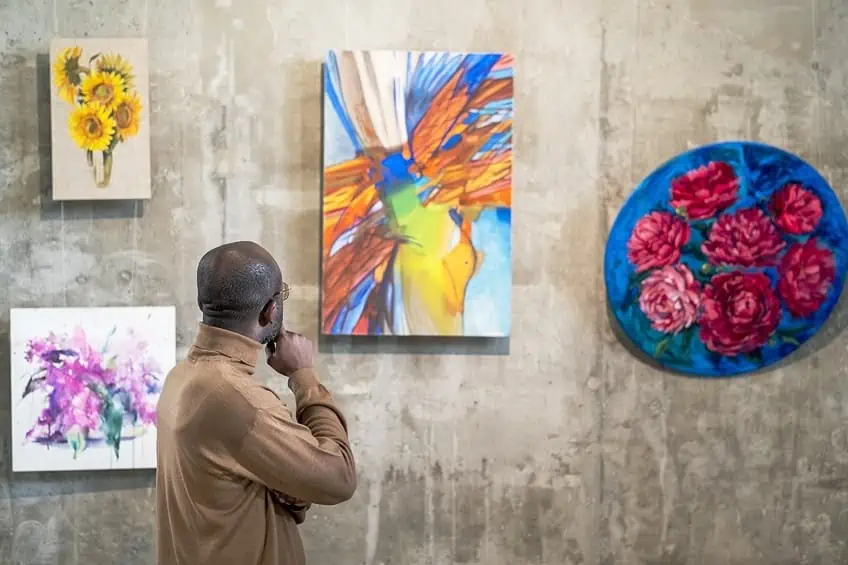
Famous Styles of Painting
- Modernism
- Expressionism
- Abstract
- Impressionism
- Surrealism
- Cubism
- Pop-Art
- Abstract Expressionism
- Realism
- Art Nouveau
Famous Painting Artists
Each type of painting movement has its own collection of famous artists who exemplify a perfect mastery of not only the brush but the philosophies underpinning the style. Raphael exemplifies the Renaissance movement, Claude Monet and Pierre Auguste Renoir are both famous practitioners of the Impressionist style, Vincent van Gogh is perhaps one of the most well-known Expressionist painters, and the portrait painting of Andy Warhol is renowned in the world of Pop Art.
Painting and Drawing
Although very different, requiring a variety of skills and methods, painting and drawing typically go hand-in-hand. Whether you are using pencils to sketch out the plan for your painting, or you use pastels and crayons to mimic the effects of paint, a paper-based artist will typically use both mediums. Pens and pencils are essential parts of any artist’s toolbox, even those who practice sculpture.
Types of Art: Sculpture
Much like painting, sculpture is another example of an ancient art type that comes from the earliest periods of civilization. However, unlike painting which is confined to two dimensions, sculpture allows us to explore and express art three-dimensionally. Sculpture is also the progenitor of the concept of form in art. We will get into exactly what form in art is later. Sculpture can be an integral part of making jewelry or installation art. It is as diverse as painting and music.
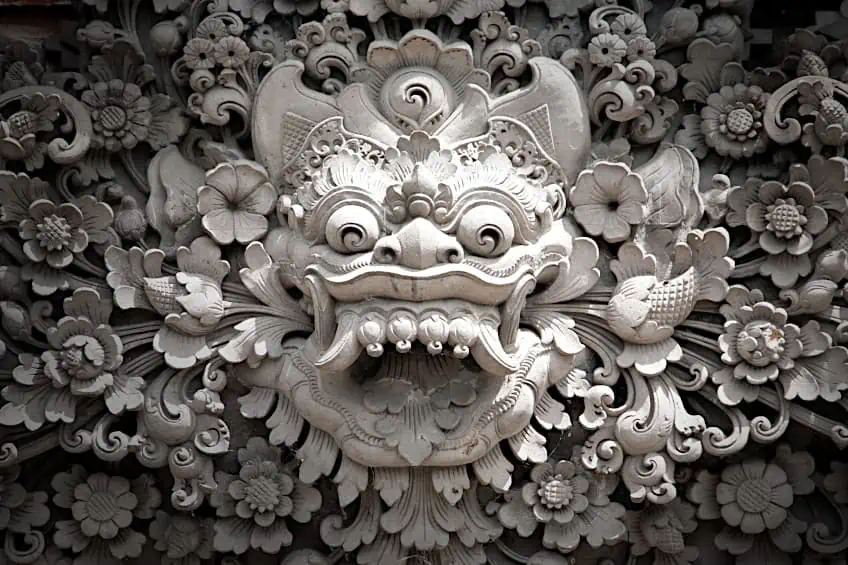
Sculpture art involves the use of solid materials that are shaped through various means to form a three-dimensional work of art. There are numerous types of materials that can be used in sculpting and just as many methods through which these materials can be worked into sculptures.
Materials That Can Be Used in Sculpture Art
- Stone
- Clay
- Metal
- Wax
- Glass
- Wood
- Plastic
- Fabrics
- Rubber
- Plaster
- Disposed waste

Ways In Which These Materials Can Be Worked Into Sculptures
- Hammering and picking
- Modeling
- Assembling
- Carving
- Gluing
- Welding
- Sewing
- 3-D printing
- Wrought
- Laser cutting
- Melting
Despite this art form having so many different established styles, the definition of what constitutes sculpture art is entirely fluid, especially in the modern era where new objects and materials are being experimented with across the globe. The bounds of what is considered sculpture art have been pushed considerably broader over the last three decades and there is no way of telling what sort of sculptures we can expect to see in the future. It is truly fascinating how one of the oldest forms of art can, to this day, still be explored to reach new depths.
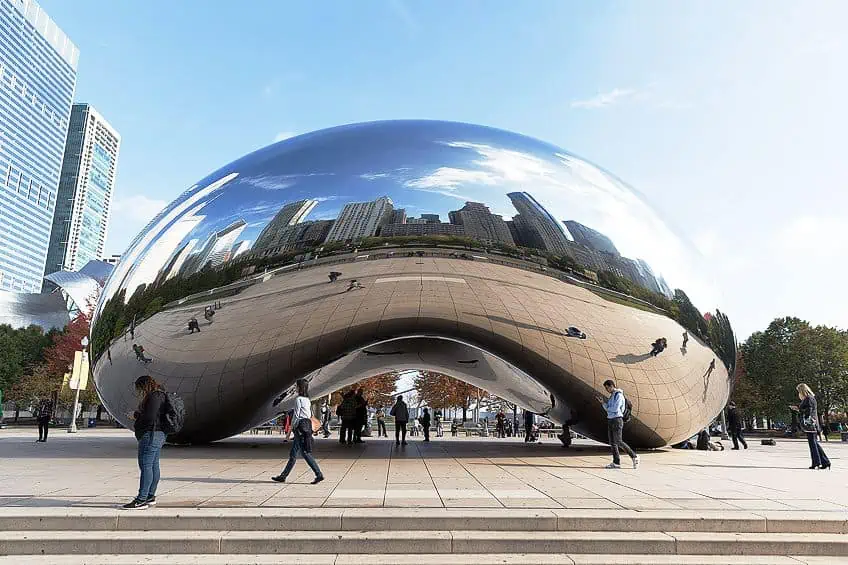
Types of Sculpture Art
As we have just addressed, sculpture art types can come in many shapes and forms and its encapsulating definition is bound to stretch and change in the future. That being said, you can differentiate sculptures into two main types – free-standing sculptures and relief sculptures. Let us discuss what these are.
Free-Standing Sculptures
Most sculptures are designed to be free-standing objects that can be viewed at 360 degrees and moved or placed at the discretion of the owner. We describe these sculptures as being made “in the round” as viewers are able to admire them from all angles.
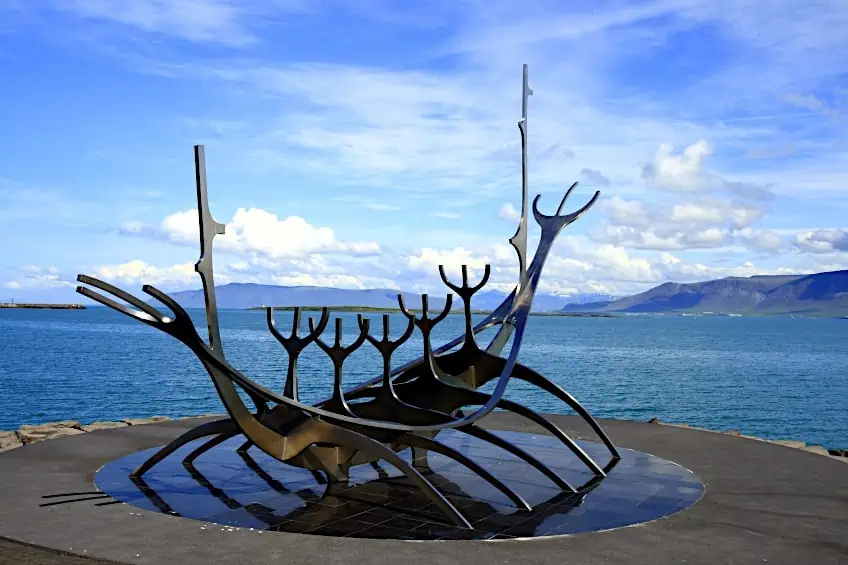
One of the most famous examples of a free-standing statue would be to might Stature of Liberty which sits on Liberty Island off the coast of New York. The enormous 93 meters-tall idol was gifted to America by the French sculpture artist Frédéric Auguste Bartholdi.
Inspired by how liberty forms an integral part of America’s constitution, Bartholdi produced this statue as a symbol of this ideal.
Relief Sculptures
The method through which relief is produced involves sculpting and bonding materials to a solid background that, most typically, is composed of the same or similar materials. The etymological origin of the word “relief” is from the Latin word relevo. This word, when translated into English, means “to raise”. When looking at a relief sculpture, it becomes apparent then as to why it is called such. Relief sculptures extend into the physical space, making it appear as if they are raised beyond the background.
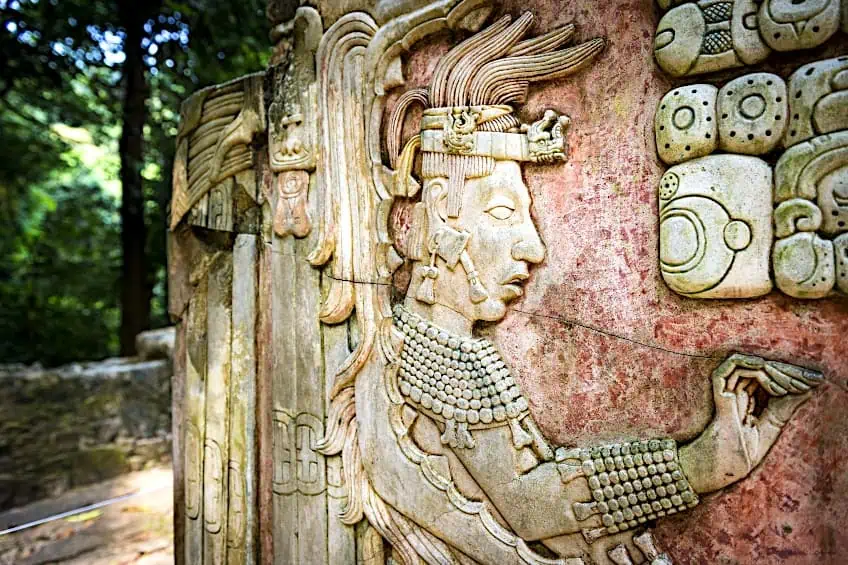
Although less common than free-standing sculptures, reliefs are nevertheless one of the most ancient forms of sculpture art in the world. Some of the earliest examples of relief sculptures can be found in Eastern European caves where historians have discovered reliefs as old as 25 000 years.
The fascinating thing about reliefs is how they are created via the amalgamation of elements from both the two-dimensional world of the pictorial arts and the three-dimensional realm of sculpture. Pictorial elements are used to construct the backdrop of a relief while sculptural elements are fused later to form the subjects in the foreground.
Types of Art: Architecture
When you think of architecture in its most basic sense, artistic expression might not be the first thing that pops into your mind. However, one need only think of the ancient Coliseum of Rome, the marvelous Taj Mahal, or France’s Eiffel Tower to be reminded of the fact that architecture indeed earns its spot among the seven traditional forms of art.
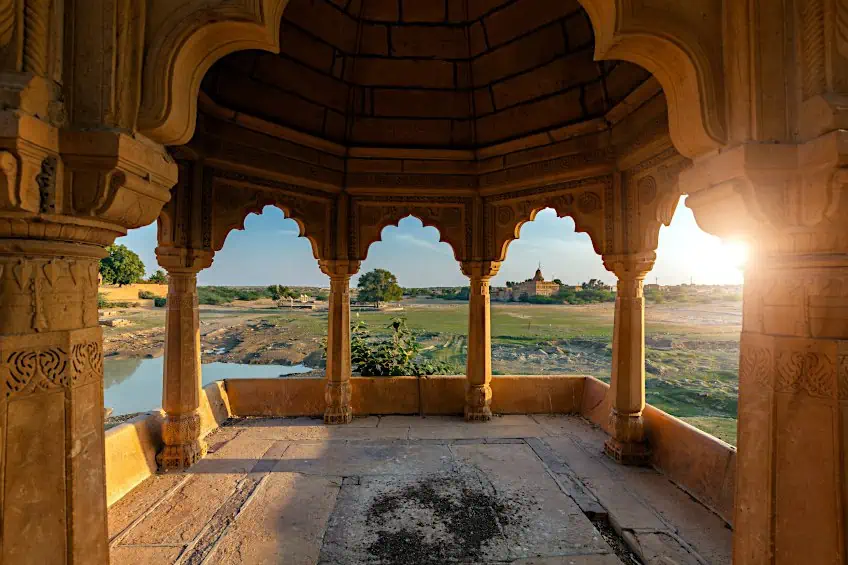
In architecture, the artistic technique being applied is that of designing something which fulfills the practical requirements of construction while also producing infrastructure that is expressive of creative output. Thus, the art of architecture can be described as the exercise of designing man-made spaces in a way that satisfies both practical as well as expressive ends. The art of architecture is, in essence, the craft of marrying utility with aesthetics.
There are countless instances of stunning architecture throughout the many ancient eras of human history, many of which are still standing to this day. Some excellent examples include the Great Pyramid of Giza (26th century BC), the Great Wall of China (220 BC), the Greek Pantheon (447 BC), the Temple of Hera (550 BC), Van Fortress (750 BC), and Sanchi Stupa (300 BC).
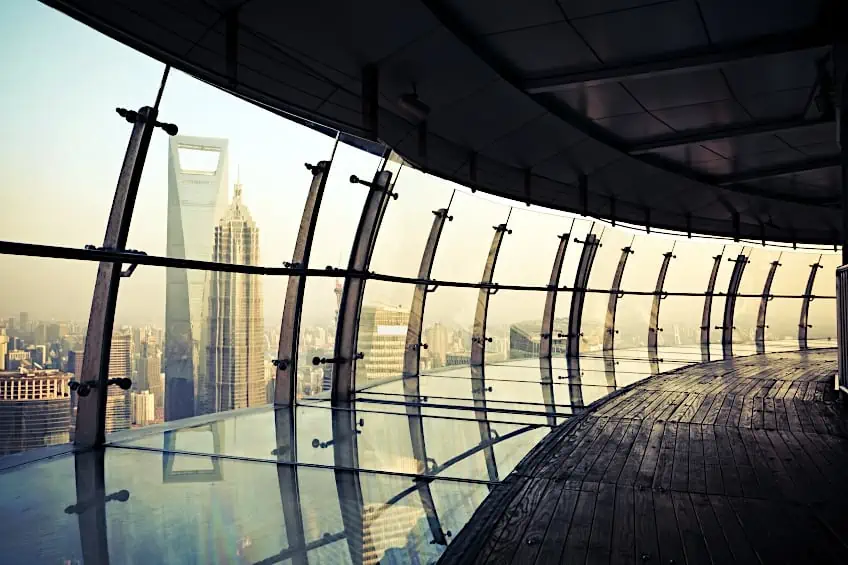
There are also a great many examples of breathtaking architectural spectacles birthed in the modern era and the 21st century worthy of appreciation. Some of these include the Sidney Opera House (1973), the Abbey Library of Saint Gall (1758), the Louvre (1793), the Chrysler Building (1928), the Burj Khalifa (2010), and the Spire (2002).
Much the same as with all art genres, architecture boasts many different stylistic subdivisions with their own unique features and principles of design. These different styles have their own namesakes under which they are classified, of which some of the most famous include:
- Baroque
- Modern
- Post-modern
- Art Deco
- Gothic
- Renaissance
- Bauhaus
- Victorian
- Classical
- Neoclassical
Types of Art: Literature
It should come as no surprise that literature has, since the beginning of civilization, endured as one of humanity’s primary mediums through which creativity and imagination are expressed. The power of words, how they are expressed, and the meaning they carry have been used to great effect in the arts throughout history. With a firm grasp of words, a writer can creatively manipulate text in such a way as to extract emotional reactions from readers.

The term “literature”, derived from the Latin word for “letters”, specifically refers to art presented through the written word. Although we can track the origins of literature as far back as the era of the Mesopotamians, we see that it is an art form so intrinsic to humanity that it has developed independently all around the world.
History
The Instructions of Shuruppak and the Kesh Temple Hymn are two of the oldest examples of literature, dating back to about 2500 BC. The first is believed to be a sage text of advisory knowledge passed down to the Sumerian Prince Ziusudra from his father, King Shurppak. The latter text is a verse meant to give praise to the Kesh temple and the deities to whom the temple’s worship was directed.
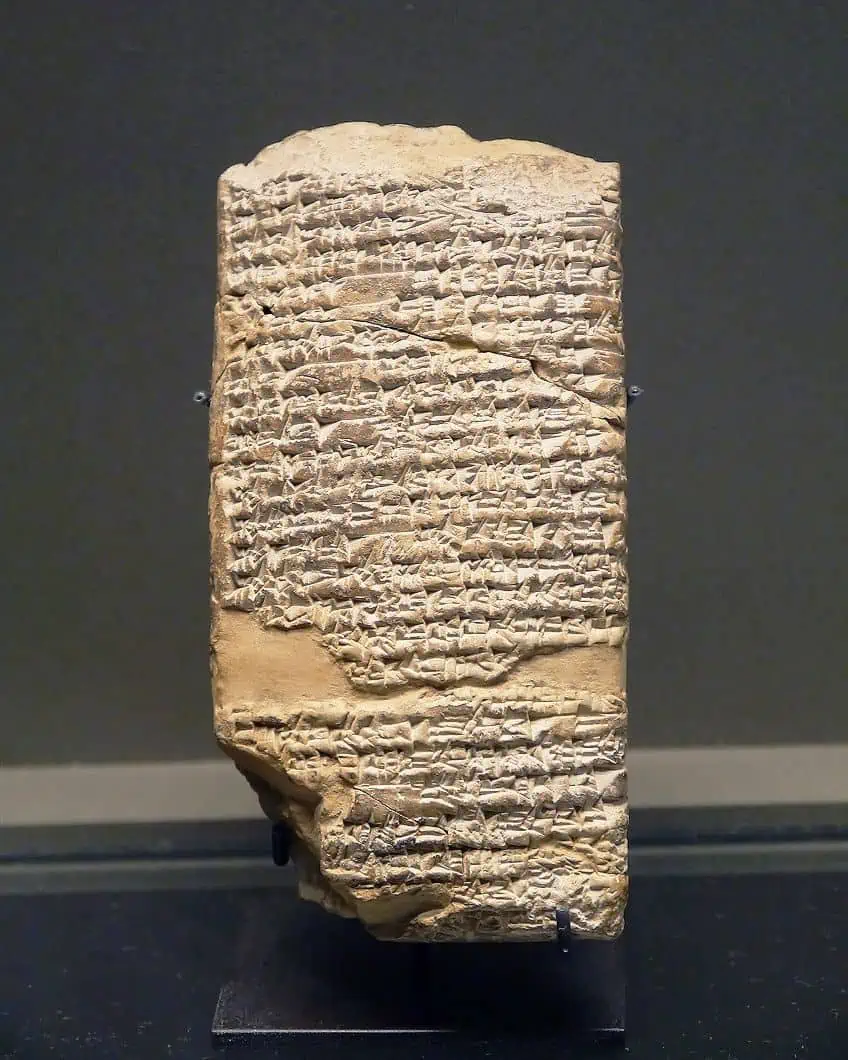
A big aspect of literature is the work of fictional storytelling, the oldest example of which is the “Epic of Gilgamesh”, a series of Sumerian poems etched on clay tablets that date back around 2100 BC. They tell the story of Gilgamesh, a Sumerian God-king who slays mythical beasts and bump shoulders with Gods in his hunt for the secret to immortal life. The series is the oldest-known example of the “Hero’s Journey” archetype in storytelling.
Throughout the many eras of history, the many cultures and civilizations that preceded us proved resourceful enough to conjure ways in which to apply the written word, often relying on resources from the natural world. For example, in the aforementioned Sumerian era, capturing words in writing was done by etching and chiseling text into clay tablets. Paper was only introduced around 400 BC by the Ancient Egyptians, who invented papyrus.

Literary Art Forms
Literature as an art form can be broken down into several key categories. These include novels, mythical tales, poetry, plays, scripts, articles, and religious scripture. We also make a distinction between works of fiction and non-fiction, as is the case in most libraries worldwide. Things do get interesting, however, when we consider how to classify works such as myth and folklore which straddle the line between fact and fiction.

As you could imagine, the sheer wealth of literature that we have accumulated as a species is at this point immeasurable in scale. This makes it difficult to truly determine a piece of literature that can be considered the greatest or most influential in our history. But the answer would nevertheless be entirely subjective, much like art in general.
In recent history, some of the most influential pieces of literature have been fictional stories with thematic elements drawn from the real world. In light of the advent of modern technology and the internet, works of literature from every period in the art’s history are more widely accessible than ever before in today’s times. With a booming industry centered around digitized literary media, the sort of literature that appeals to you the most is easier to find.
Types of Art: Music
The knowledge of who first introduced the art of music to humanity has long since been swept up and lost within the deep annals of our history. What we can say for certain, however, is that music has proven to be inextricably linked to human life from as far back as the time of Early Man. We make music through the organized arrangement of sounds to create harmonies, melodies, and rhythms and have been doing so for millennia.
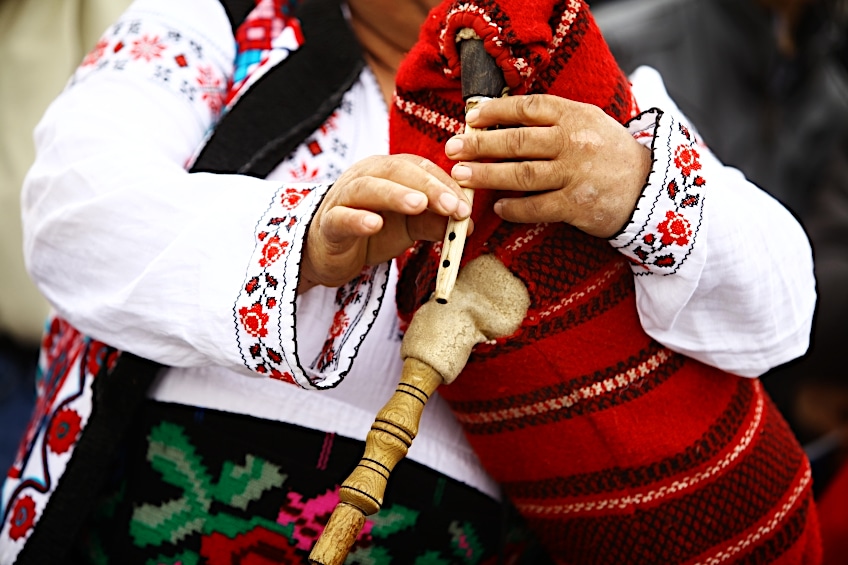
Although we may not be able to document and study the songs of ancient civilizations as we can with their visual art, we have long since been able to establish the importance of music within their cultures through the uncovering of the instruments they would use. Music is one of humanity’s universal features and has for the longest time played a key role in the cultural aspects of civilizations across the world.

Forms of Sound Art
Music, more so than any of the other forms of art, has seen extensive evolution and change over the course of human history. This development can be tracked in both our singing conventions as well as in the evolution of our instruments which nowadays fall into four main categories: wind (such as the trombone and flute), string (such as the guitar and piano), percussion (such as the drums and marimba), and synthesized (involving the use of digital audio programs).
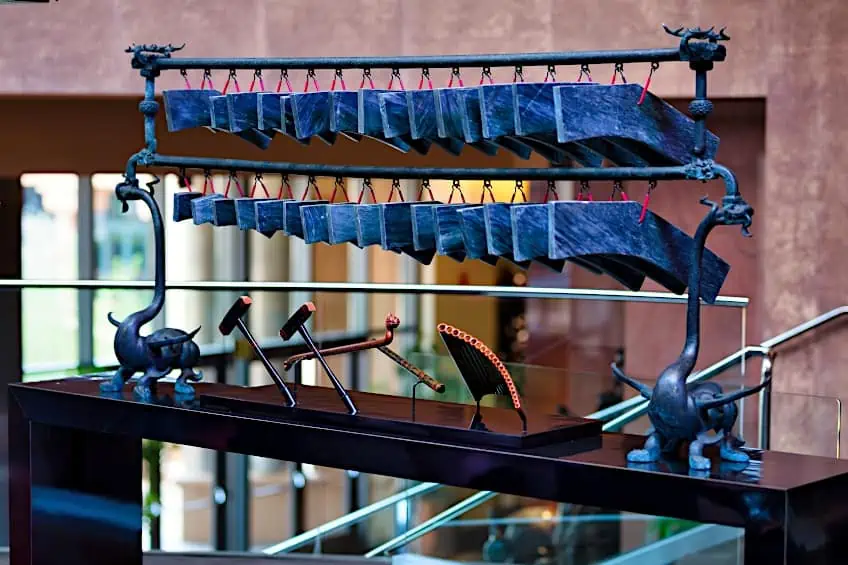
For most of history, music was uniquely endemic to small pockets of communities, rarely traveling to the eardrums of other civilizations abroad. The modern era has, however, ushered in a new period in music wherein it can be shared and celebrated on a global scale. Technological breakthroughs such as radio, record players, cassette tapes, CDs, and portable devices have allowed musicians to reach the ears of people in every corner of the globe
Nowadays, music has more unique genres and subgenres than any other kind of art. Some of the most notable modern genres include hip-hop, rock, pop, jazz, blues, lo-fi, R&B, metal, and techno to name but a few.
Types of Art: Cinema
Cinema is the youngest of the seven different types of art. It would only be brought to life as a proven concept in 1878 by English Photographer Eadweard Muybridge who, using multiple cameras, shot consecutive and closely-timed images of a galloping horse which he would later play frame-by-frame on a reel to produce the first motion picture.
Early cinema was not nearly as glamourous as it is in today’s world. Some of its earliest forms, such as Thomas Edison’s 1893 kinetoscope, were in black and white and only viewable by a single individual at a time. However, it would only take a further two years of technological breakthroughs before the Lumière Brothers brought motion picture to public audiences in Paris.
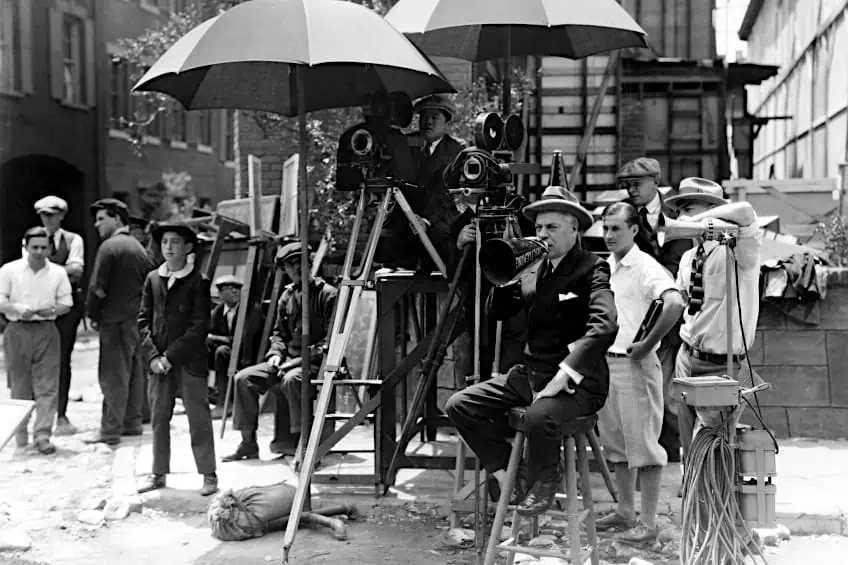
But even then, and for a long time thereafter, film was still limited to black and white and lacked sound. Most films in the early periods of cinema were only a few minutes long, featured subtitles, and relied heavily on physical movement and expression. With this in mind, it should come as no surprise then that slapstick comedies were among the first genres of film to thrive in the growing industry.

But over the span of less than a century, cinema has evolved into one of the greatest art genres in the world. It would only be 14 years after the Lumière Brothers hosted the first live audience that color would then be introduced to cinema. And by 1927, a practical method of recording sound for motion pictures was invented. This final piece of the puzzle debuted to the world in The Jazz Singer (1927), a musical drama produced in America. A fun piece of trivia about this film is the fact that the first words ever uttered in cinema were, quite poetically, “Wait a minute, you ain’t heard nothing yet.”

Nowadays, cinema has become one of if not the most influential kinds of art with the global film audience growing day by day. And with the age of digital streaming firmly underway, enjoying cinema privately is now easier than ever. Some of the greatest works of cinema include Titanic (1997), The Shawshank Redemption (1994), and 2001: A Space Odyssey (1968).
Types of Art: Theater
The theater is a dramatic art that dates back as far as the ritual performances that were enacted for the festivals of the god Dionysus in Ancient Greece. It is performative art that is done in front of a live audience and is the first art form to feature actors. In traditional theatre, the action and dialogue are designed according to established conventions in order to put together a comprehensible piece of drama.
Theater can, however, take many other forms as well, such as dances, magical acts, circus performances, and puppetry.
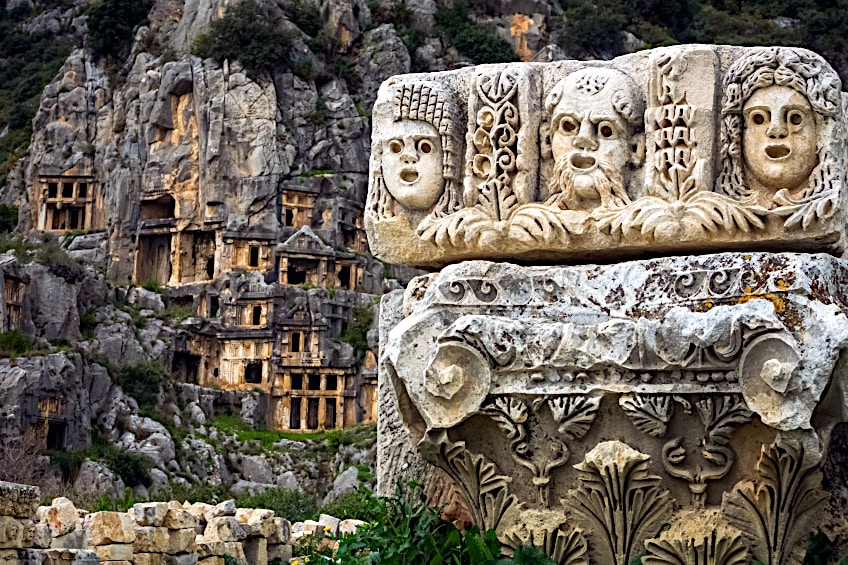
This art plays with the significant role of the spoken word, sounds, and bodily gestures in communicating stories and transmitting information and ideas. It is essentially a form of visual storytelling featuring elements of poetry, dance, and music among other art types. The theater has historically been a critical element of art within many cultures as a means to carry traditions onto the next generations.

Besides cinema which would only appear in the late 19th century, theatre is the only art form that utilizes a combination of numerous other art forms. Theater is an art that depends heavily on collaboration, with theatrical performances typically being produced by a large group of people with various roles. Some of these roles include producers, musicians, actors, stage designers, writers, and stage directors.
Theater is considered one of the hallmark achievements in humanity’s ongoing pursuit of the arts, given that it provides a platform through which the depth of human emotion can be viscerally explored. Most traditional theatrical performances fall into one, or a combination, of three categories; drama, tragedy, and comedy. Traditionally, the art of theater demands the participation of a willing audience.
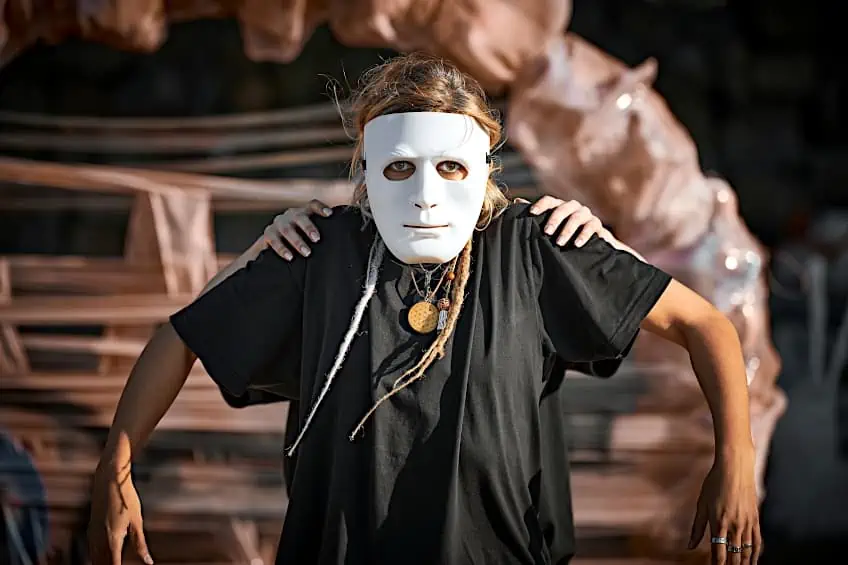
In today’s world, the theater has been predominantly replaced by the young-yet-thriving cinema industry. That being said, however, humanity has never stopped pursuing the theatrical arts, with some notable modern examples including West Side Story (1957), The Phantom of the Opera (1988), War Horse (2007), and Hamilton (2015).
Art is undoubtedly a core aspect of human culture with a multitude of ways in which it can be explored and expressed. Hopefully, this article has assisted in expanding your knowledge of the seven primary types of art that have helped shaped human society for centuries.
View our Different Types of Art web story here.
Frequently Asked Questions
What Is Form in Art?
Form in art is a visual element that is concerned with the ways in which a shape or physical object occupies and interacts with space. Form is often brought up as a key component of arts like architecture and sculpture, where the term “form” refers to an object’s shape, width, length, structure, and depth.
What Are the Most Popular Kinds of Art?
Among the many types of art in the world, the styles that are most prevalent today fall under the banner of Contemporary art. Among the many subdivisions of styles found in Contemporary art are Pop art, Graffiti, Abstract, Cubism, Modern, Impressionism, Surrealism, and mixed media.
Who Is the Most Famous Artist?
Given the vast amount of art produced by different individuals over the course of human history as well as the subjectivity with which art is perceived by audiences, it is nearly impossible to single out just one person as being the greatest or most famous artist. It can be argued, however, that Leonardo da Vinci and Pablo Picasso are among the top contenders for the title considering their immense contributions to the fields of fine art, sculpture, architecture, and science.
What Are the Three Classifications of Art Forms Seen in Modern Times?
In the modern era, there are three main classifications of art, decorative, abstract, and commercial. Decorative art includes paintings and objects that are intended to decorate a space or provide a certain atmosphere in the home. Abstract art tends to be the more fine-art objects seen in art galleries that are produced simply to explore what it means to play in the artistic space. Commercial art, as one may expect, is a piece of art that is created for commercial reasons, including advertisement and brand promotion.
In 2005, Charlene completed her wellness degrees in therapeutic aromatherapy and reflexology at the International School of Reflexology and Meridian Therapy. She worked for a company offering corporate wellness programs for several years before opening her own therapy practice. In 2015, she was asked by a digital marketer friend to join her company as a content creator, and it was here that she discovered her enthusiasm for writing. Since entering the world of content creation, she has gained a lot of experience over the years writing about various topics such as beauty, health, wellness, travel, crafting, and much more. Due to various circumstances, she had to give up her therapy practice and now works as a freelance writer. Since she is a very creative person and as a balance to writing likes to be active in various areas of art and crafts, the activity at acrylgiessen.com is perfect for her to contribute their knowledge and experience in various creative topics.
Learn more about Charlene Lewis and about us.
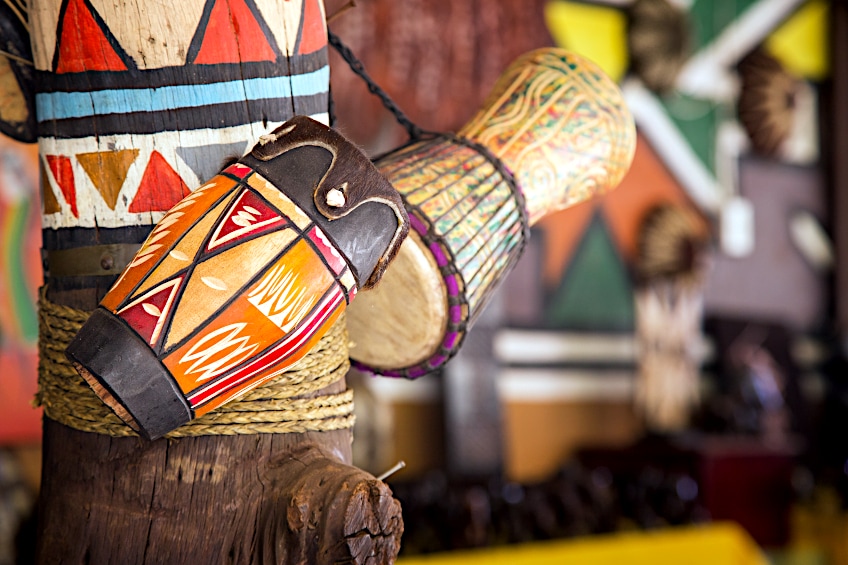

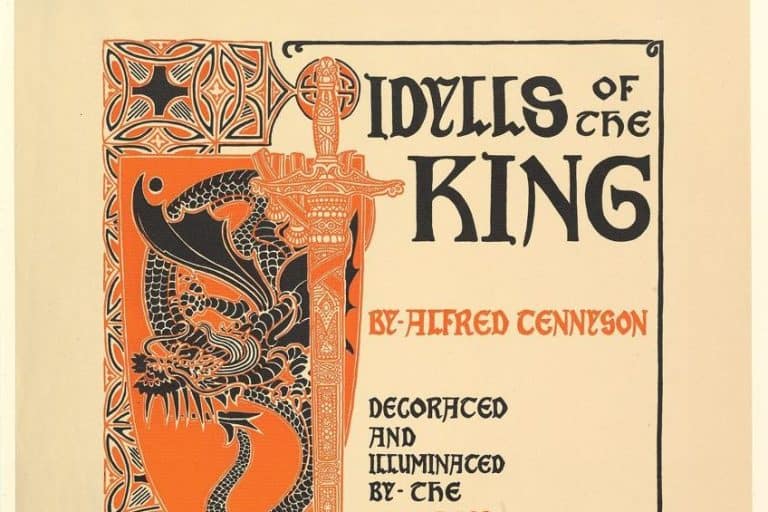
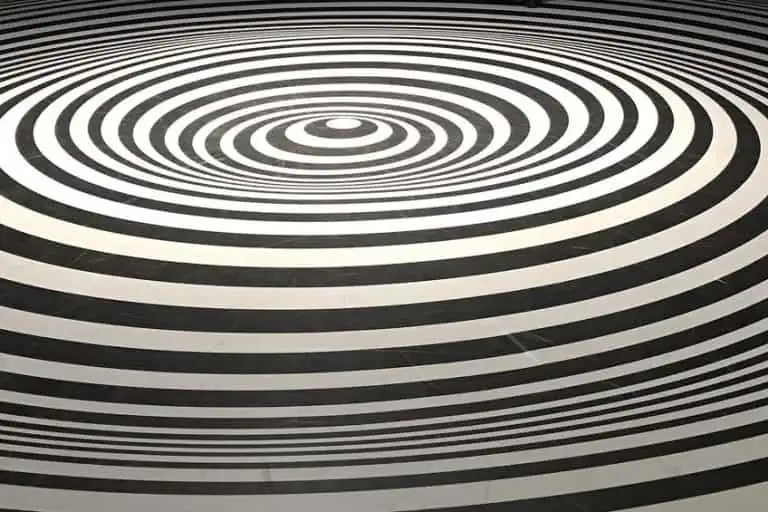
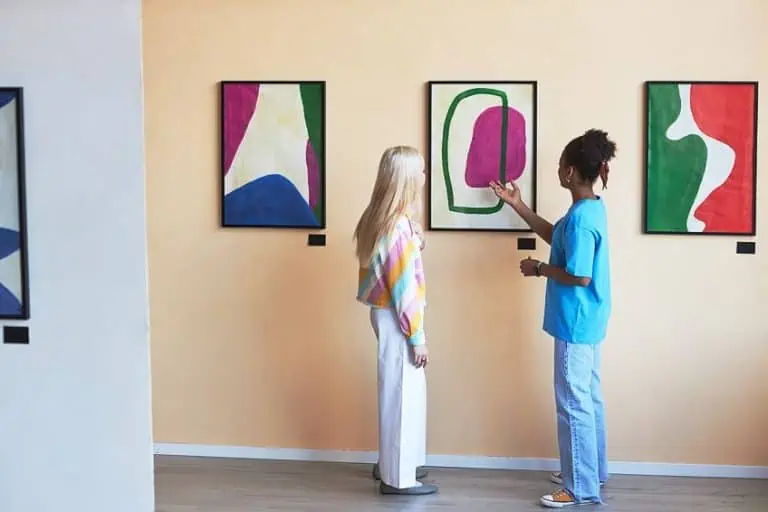
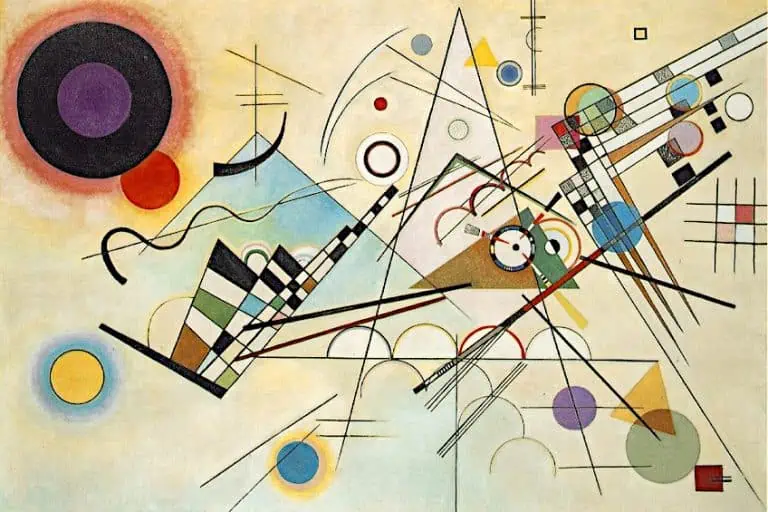
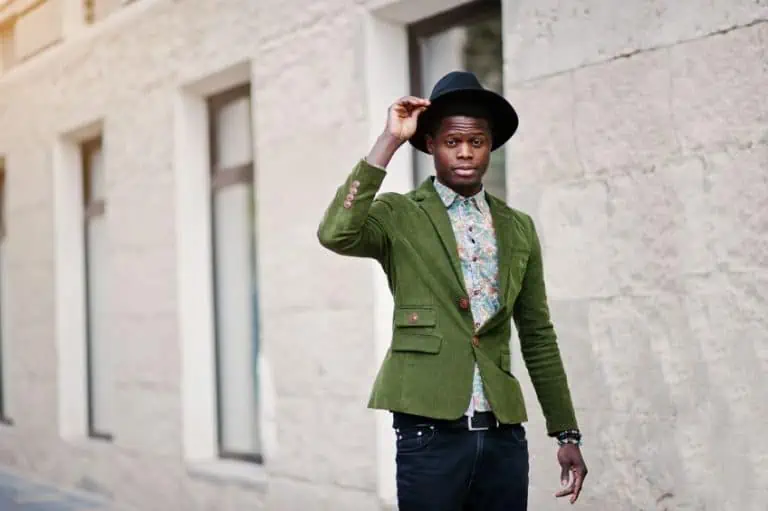
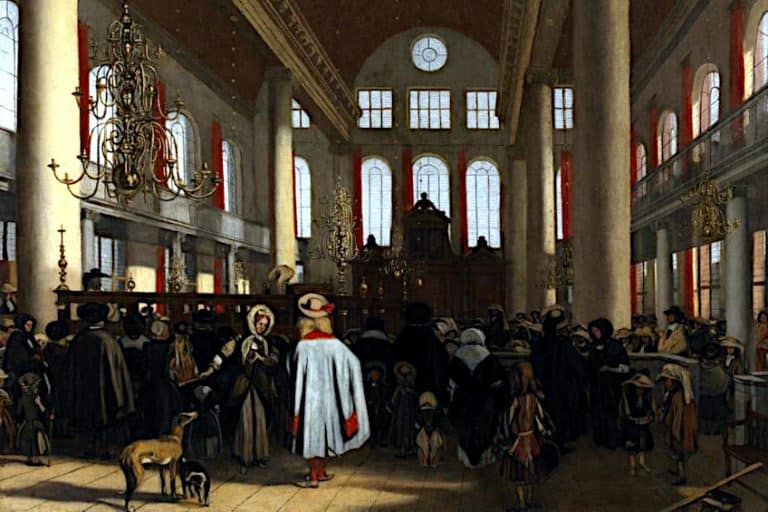
Very helpful and inspirational post, thanks!